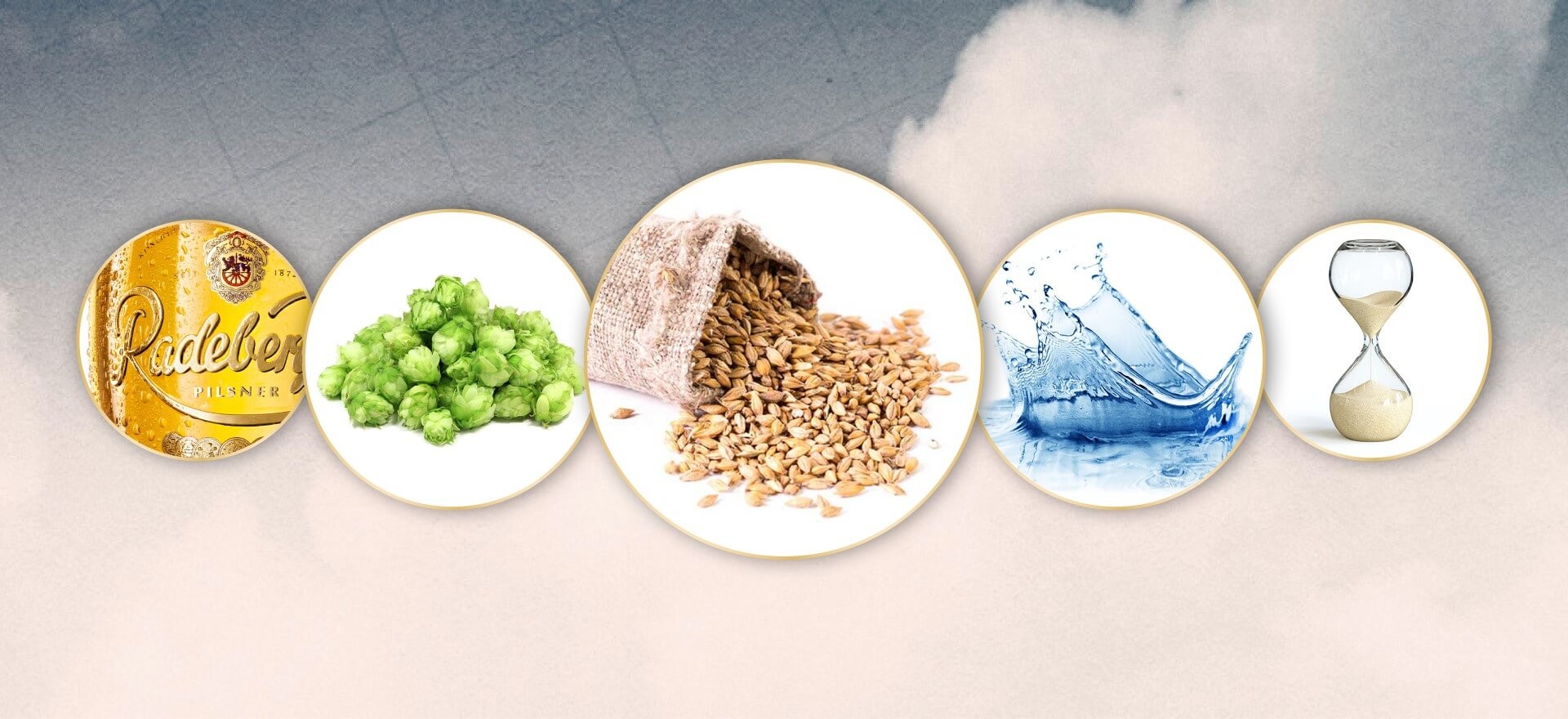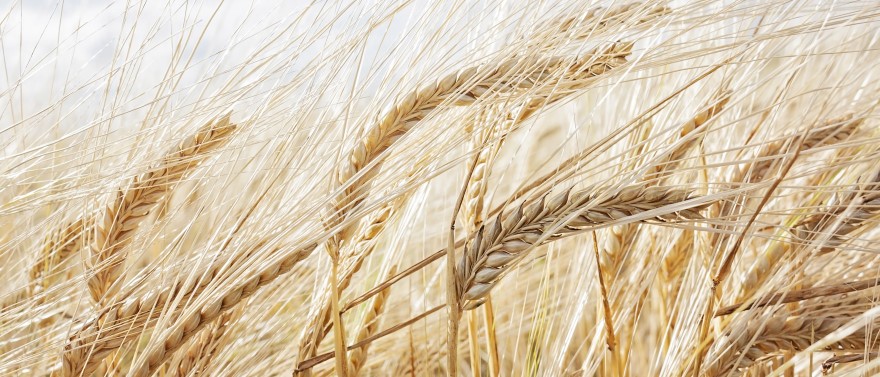
We primarily use two-row summer barley with lax ears. This variety boasts large, even grains and high germination capability and germination energy, which is vital for the processing in the malt house.
Brewing barley has a lower protein content than feed barley. Ideally, the protein content of brewing barley is between 9.5 and 11.5 per cent. If the protein level is lower, this may have an adverse effect on the taste and foam quality of the beer. If the protein level is too high, on the other hand, this may impair processing in the brew house, make the filtration of the beer more complex and reduce the beer’s shelf life. That’s why we always keep a close eye on our brewing barley.
